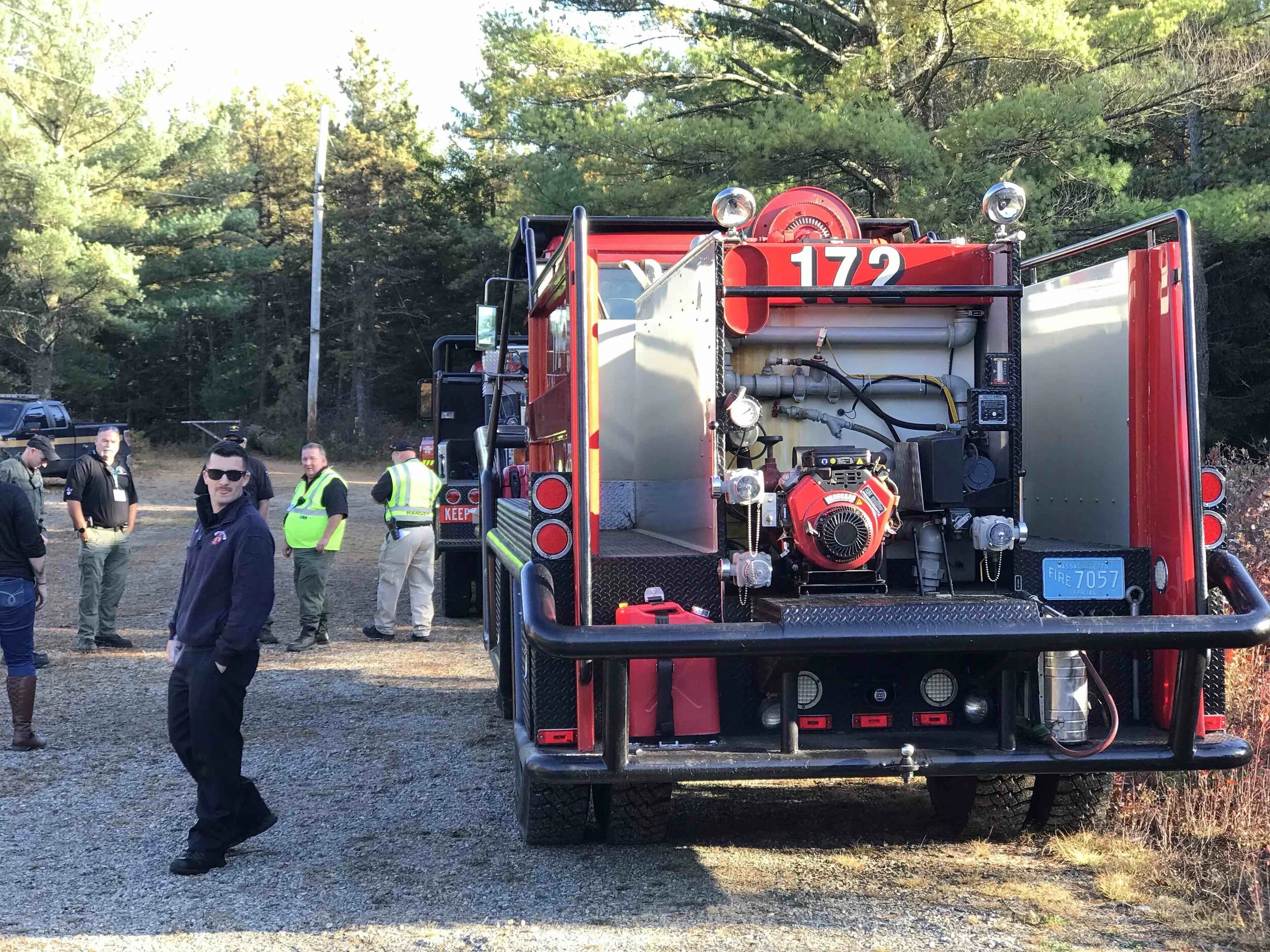National Cohesive Wildland Fire Strategy Workshop 2019
This week HWMO had the privilege of attending the National Cohesive Wildland Fire Strategy Workshop 2019, held in Plymouth Massachusetts. Plymouth (rock) is known as the place where europeans first made their appearance in America, and after attending this extremely educational workshop, it is clear that the ecological history of this area is a very interesting story. Plymouth, and the surrounding area is a fascinating landscape, having been covered with a massive glacier up until about 15,000 years ago. This glacier had a major effect on the geology of the area - grinding rock on ice, developing 700 feet of sand that exists beneath the area today.
Forest that has been recently managed with prescribed fore on the left, and un-managed on the right. can you tell the difference?
The Native American tribes in the area, including the Wampanoag, Mohegan, and the Mohican tribes have a long-standing relationship with fire. George “Chuckie” Green, the Assistant Natural Resources Director with the Mashpee Wampanoag Tribe shared his deeply rooted knowledge of the area that has been passed down to him through the generations. Many parts of the forest in that landscape burned every single year, as cultural burning led to dramatic benefits to the forest ecosystem. These benefits include thinning of the understory brush throughout the forest allowing more space for grazing and foraging, increased yields on many of the underlying vegetation species, the reduction of flammable fuels so that fires burned less furiously when they did ignite, and increased nitrogen fixation in the soil. It was an incredible lesson to learn that the tribes of the area had been living with fire and using it as a tool for thousands of years. The management of this ecosystem has been devoid of consistent cultural or prescribed fire throughout the past century due to the management techniques adopted among a variety of land management agencies in the US. The United States Fire Department’s motto for nearly every fire of the past century has been to “extinguish it by 10am”, which seemed to be a great fire management motto for a while. Unfortunately, over time this has resulted in wildfires that are completely unmanageable due to the increase in amount of “fuel”, or forest material such as leaves, branches, and trees that can add to a blaze. Luckily now, acceptance of the idea of prescribed fire in the area is gaining traction, and as a result the health of the habitat that surrounds Plymouth is improving. In this area, it is true that “small fires prevent big ones”, and even benefits the local ecosystem.
Wildfire lookout towers are still in use throughout the state of Massachusetts today. This was one of the stops on an information-packed field trip into the Myles Standish State Park.
Having met so many wonderful partners new and old, HWMO is continuing to expand its knowledge base of management techniques used throughout the country. It is important to recognize the fact that every ecosystem throughout the country is different, and the methods used in certain places should be thoughtfully considered to ensure that the right method is used at the right location. Working with Native Tribes to come up with effective management techniques throughout the country is something that could benefit not only the health of the ecosystems, but could reduce the risk of unmanageable wildfires to come.
We would like to thank everyone at the National Cohesive Wildland Fire Strategy Workshop for putting on an incredibly educational event. HWMO looks forward to continuing to develop best-practices of managing the many dimensions of wildfire using many of these techniques back home in Hawaiʻi. Mahalo everyone who made this such a successful workshop. A hui hou!











